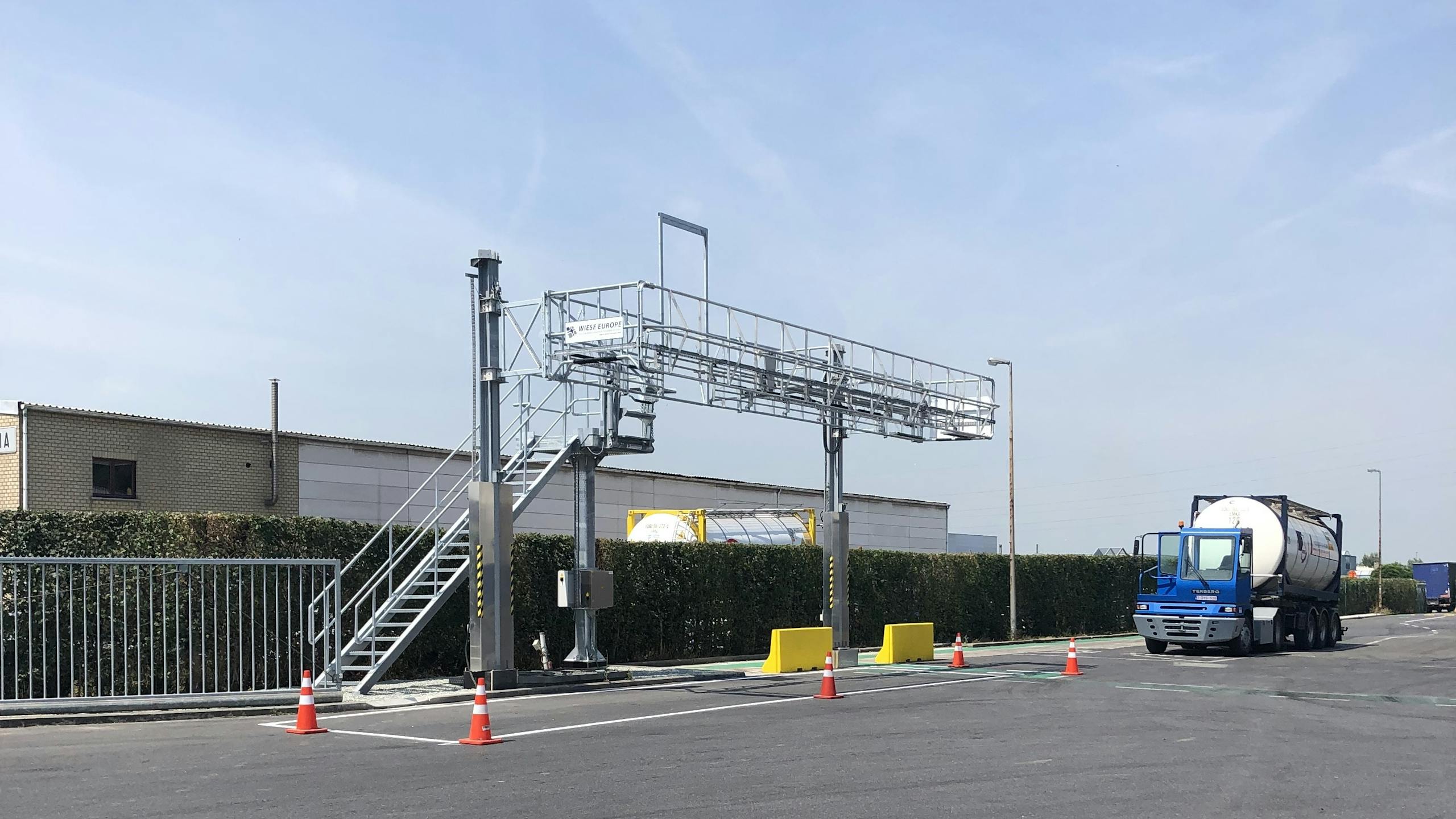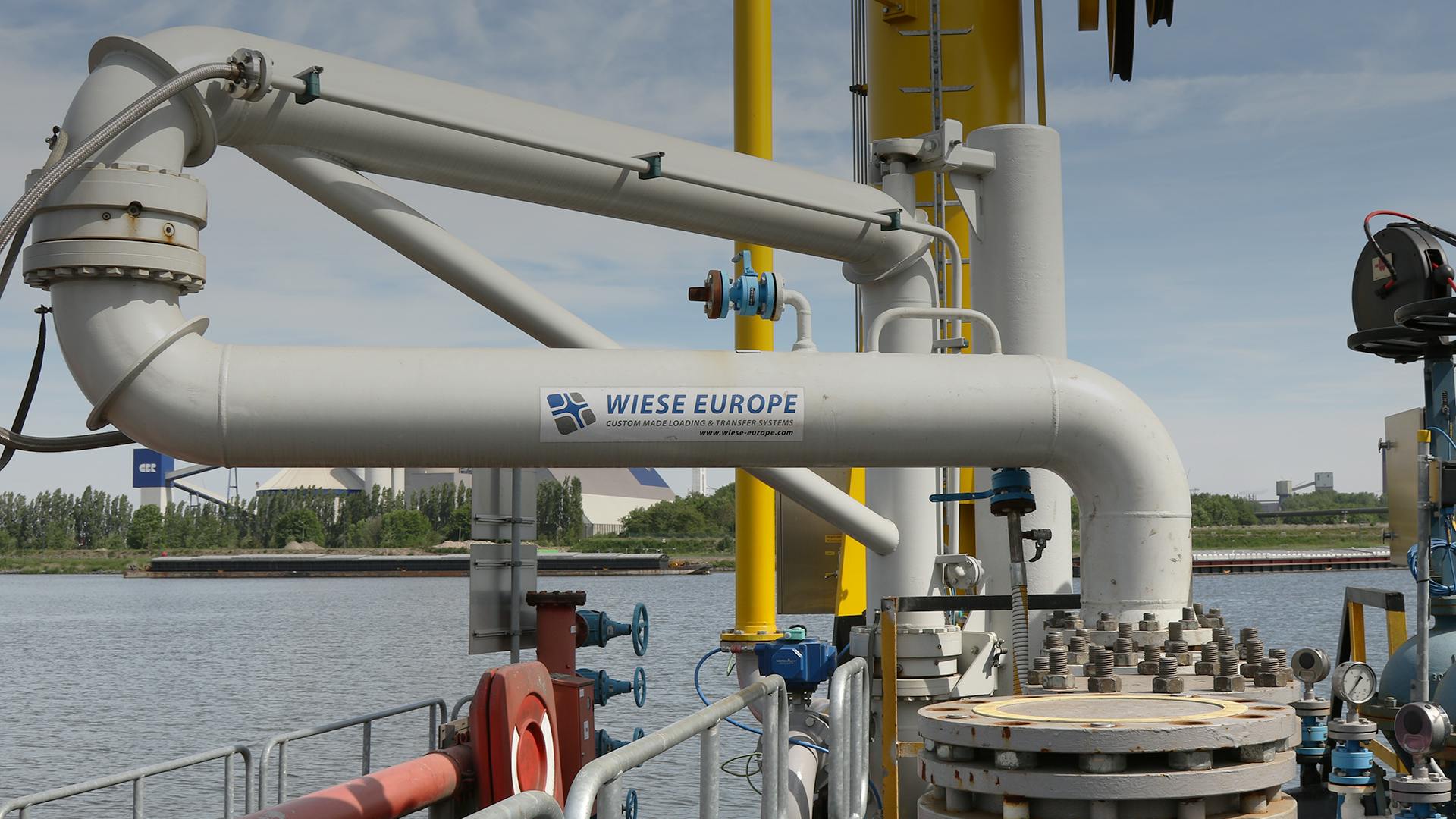
Why Safety Deserves Your Full Attention, Now And Yesterday - Wiese Europe
Let’s start off with a bit of good news: more and more companies are acknowledging the importance of safety, as well as acting upon it, something to get excited about. Especially the industry players actively leading the charge for safety awareness. Nevertheless, others still have ways to go when it comes to working towards that inhouse culture of safety.
It’s hard not to notice how — for example — the petrochemical industry managed to elevate the topic of safety from minor discussion item to top priority in recent years. Unfortunately, this has also made it painstakingly clear that various related industries are still lagging behind in this, regardless of their own efforts in recent times. They’re on the right track though – nearing the point where huge steps towards safer work environments can be taken through quick and easy fixes.
In short: applying a true in-house safety culture is not yet embedded everywhere, but slowly more and more industries and companies are getting there as we speak.
Surely this proves that there’s no such thing as too many (external) initiatives to boost awareness? Let’s take a look at the measures taken by the Belgian government in this case. It has continued its streak of proactive campaigning with their recent messages of awareness, more specifically regardless fall prevention. This type of campaign brings the much-needed ammunition to the barrel of each HSE-officer out there trying to get the importance of investing in safety across. No one needs reminding but still, even a single accident is one too many.

Promoting real change
In order to establish durable change, it’s important to involve everybody in the process – no team should be left out of the solution. The balance between eliminating risks altogether and handling them in a secure manner remains difficult to maintain though.
For example, it seems all too easy to allow our general fondness of rules and procedures to create a system rendered immobile by ineffective regulation. On top of that there is the risk of causing a false sense of security, preventing effective precaution to take root.

So how can we possibly tackle this? With a solid approach, aimed at preventing needless on-site disturbance while staying within budget. The less disturbance or additional actions required from operators, the more likely the system will be accepted – and followed as a result.
A related fact we often take for granted: security doesn’t necessarily mean expensive. Some simple adjustments may just pave the way for the biggest gains.
Developing an easy and secure way of working on top of trucks and/or trains will result in a far more efficient and time-saving process. Need we repeat that time is money? Carelessness leads to physical harm, stacks of paperwork and image problems, with the latter being an equally devastating consequence.

Sow small, harvest big
In most cases, even the smallest of investments can have sizeable impacts.
Seeing has how tank cleaning in certain cases still happens using walking boards – or even drivers climbing up ladders to get up on their own trucks on the parking lots – risks can be resolved with modern folding stairs, for example. Let’s not even start on the 30-year old platforms, often too low for standard trucks, still being used as we speak.
We’re not playing the blame game here. However, hazardous situations take place on a daily basis. Not because of ill will, but simply because they gradually grew to be accepted and have now evolved into major issues from a safety perspective. Things we can deal with.
Consider it one of the first steps in working together towards safety. A new decade, a new mindset if you will. As we’ve said before, quick wins with a matching ROI to go with them.
The way of prevention
None of these measures emerged just like that however, safety pioneers like Wiese Europe invested heavily in the continuous development of collective safety systems over the last 15 years. Various industry leaders like them now have a steady flow of know-how they’re always happy to share with clients, in the forms of design or advice.
Getting this information to reach clients and fellows is usually a whole different story. Although people generally accept the importance of safety procedures, knowledge of the vast possibilities within this field rarely stick. Possibilities like how limited budgets can accomplish big change for example, with creating custom-sized final products being a great example.
But there’s no reason to feel discouraged just yet. Although we could be more than satisfied with our higher standards of safety, we should commit to taking it further, continuously finetuning installations and optimizing them to become landmarks of safe environments.
Let’s start building towards that safety culture, yesterday rather than today.
Interested in creating a safe working environment?
Contact us!Check this out
Read more news
Fall prevention, not just protection
Statistics show that around 15% of all industrial accidents are related to working at height, and almost a third of these are caused by a fall of over 2.5m in height. Any technology that can minimise these risks is surely worth considering. Wiese Europe has developed multiple safety systems to help prevent these industrial accidents. Read moreFall prevention, not just protection

Wiese Europe: five values, one vision
In 1988 Chris Jacobs founded Wiese Belgium. But whose are the faces behind Wiese Europe today? What is their purpose and how do they envision the future? And how are they working today, more than thirty years after the foundation? Read moreWiese Europe: five values, one vision
